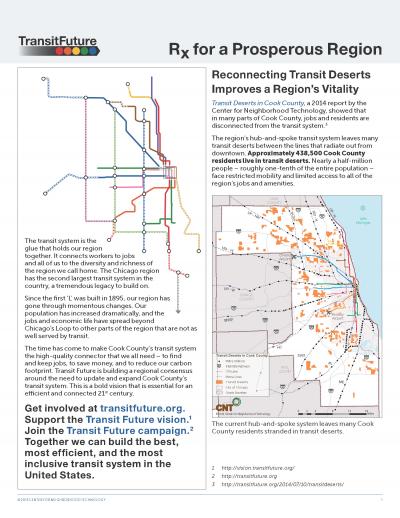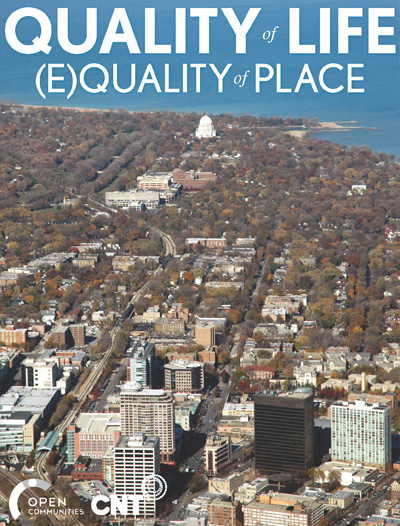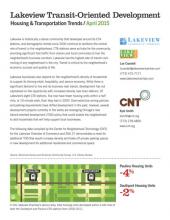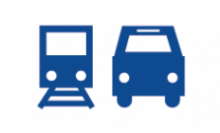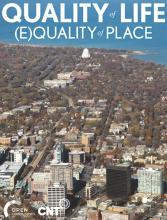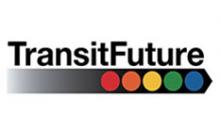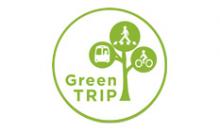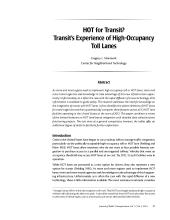Cook County's hub-and-spoke transit system no longer meets the needs of residents. Filling in the system's gaps will increase access to jobs, shorten commutes, and lower household transportation costs.Read more
Our Work
Topic: Equitable Transit Oriented Development
Displaying 41 - 50 of 96Publication
topics: Equitable Transit Oriented Development, Sustainable Economic Development, Transportation
Cook County's hub-and-spoke transit system no longer meets the needs of residents. Filling in the system's gaps will increase access to jobs, shorten commutes, and lower household transportation costs.
Publication
topics: Equitable Transit Oriented Development, Transportation
We collaborated with the Lakeview Chamber of Commerce on a report supporting greater transit-oriented development (TOD) activity in the Lakeview neighborhood. The paper found the number of households in the neighborhood on the decline, despite millions of dollars in development activity in the...
Project
topics: Equitable Transit Oriented Development, Housing, Policy, Transportation
Priority Development Areas offer a targeted strategy for capitalizing on existing assets, like transit stations and walkable downtowns, to foster sustainable economic development.
Tool
topics: Data Analysis, Equitable Transit Oriented Development, Transportation
AllTransit™ is the largest source of transit connectivity, access, and frequency data in America. It offers tremendous potential for planning applications to increase our understanding of the value of transit, as well as to enhance service and operations planning.
Publication
topics: Equitable Transit Oriented Development, Policy, Transportation
Rail transit anchors downtowns and neighborhoods in communities throughout Chicago’s northern suburbs and across the region, but many of these communities are falling behind in creating mixed-income transit-oriented development. This guidebook offers case studies, policy recommendations, and public...
Project
topics: Data Analysis, Equitable Transit Oriented Development, Transportation
Led by CNT and the Active Transportation Alliance, Transit Future offered a bold vision of what an expanded transit system in Cook County and the Chicago region could be. It is a vision of connectivity and opportunity, of potential and prosperity.
Tool
topics: Data Analysis, Equitable Transit Oriented Development, Housing, Parking Utilization, Transportation
The GreenTRIP Parking Database helps planners and developers in the San Francisco Bay Area quantify parking usage and the costs of unused parking spaces.
Publication
topics: Equitable Transit Oriented Development, Housing, Transportation
The Chicago region's hub-and-spoke transit system leaves many people stranded in the gaps. About 10% of Cook County's residents live in transit deserts, leaving them with restricted mobility and limited access to all of the region's jobs and amenities.
Publication
topics: Equitable Transit Oriented Development, Policy, Transportation
As more and more regions seek to implement high-occupancy toll or HOT lanes, more and more transit agencies seek knowledge to take advantage of this new infrastructure opportunity. Unfortunately, as is often the case with the rapid diffusion of a new technology, little information is available to...
Publication
topics: Equitable Transit Oriented Development, Transportation
The proliferation of new shared-ride transportation services provides a unique opportunity for transit agencies to reach new markets. Unfortunately, many transit agencies are wary of partnering with private companies. To address these concerns, this research analyzes the usage data from a unique...



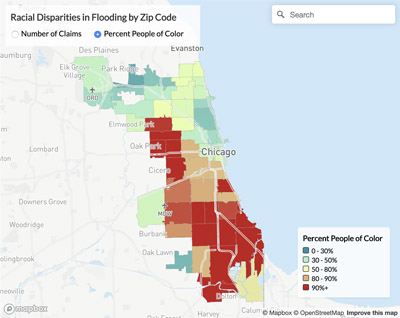
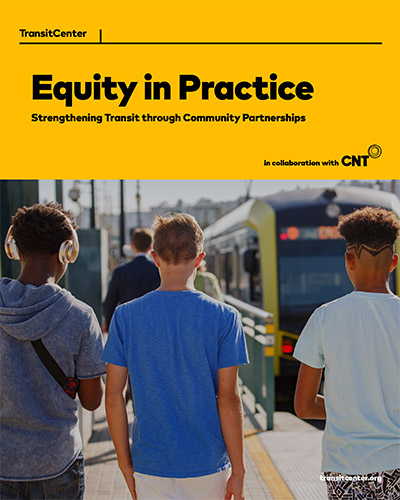
 Strengthening Transit Through Community Partnerships
Strengthening Transit Through Community Partnerships